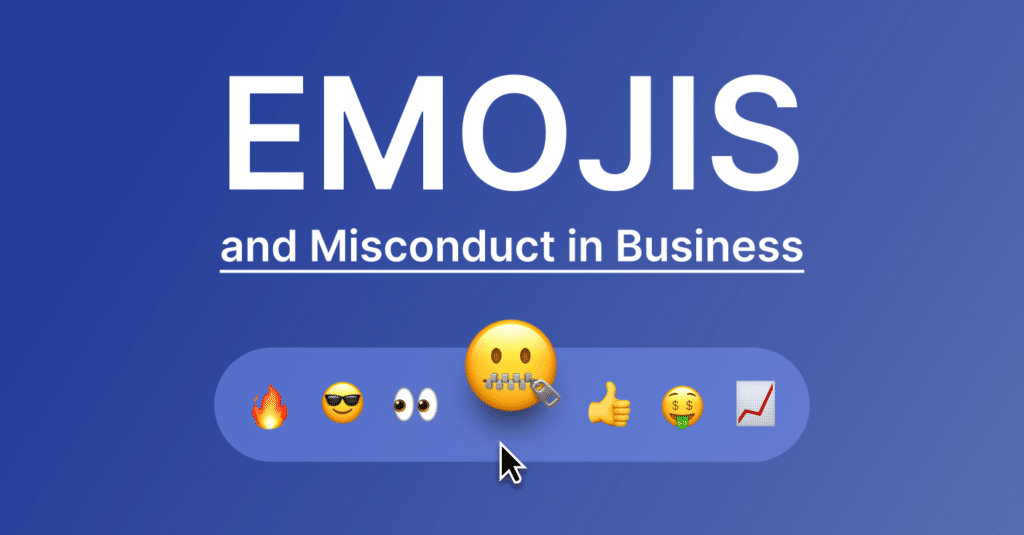E-Comms as the Enabler of Business Continuity

This post was originally posted on our LinkedIn Newsletter Work.
This is work. our bi-weekly newsletter. Here at shield., we are in constant contact with our customers and market: assessing their needs and evolving our solutions with them. Between digital transformation and the pandemic effect, the world of financial services has changed. A lot. Arguably, we’ve seen more changes around how we work than the number of changes we’ve seen in regulatory compliance!
With all those changes in the workplace, everyone has had to adjust. We’ve changed how and where we work, how we communicate, and how we monitor compliance. There’s been an incredible amount of adjustment within a very short period of time.
Here’s where the voice of our customers comes into the picture. With communications, E-Comms specifically, at the cornerstone of the changing workplace, we were urged along to create a monthly newsletter. So here we are.
E-Communications are the enabler of business continuity. Full stop. Without the ability to send MS Teams messages in real-time to facilitate financial transactions, billions of dollars could be lost daily. In the field of global trading across multiple markets, micro-seconds matter. However, E-Comms have a dark side, too.
Trolling people on Twitter or other social media platforms is commonplace. The phenomenon of “the online disinhibition effect” affords us a false sense of protection and fuels our bravado. It’s easy to hide behind an avatar under the guise of anonymity. I can’t believe that in my first ever newsletter, being sent to thousands of people I’m going to quote Taylor Swift lyrics but here we go: “Say it in the street, that’s a knock-out. But you say it in a Tweet, that’s a cop-out.”
Being physically separated in this work-from-home (WFH) era hasn’t reduced the number of racist or sexist behavior incidents. Nor has it reduced the amount of market abuse and illicit trading behaviors. Au contraire! The number of micro-aggressions, also commonly called passive-aggressive actions, continues to increase. And digital communications from burner phones to disappearing chats transpiring outside of a secure workplace that’s being monitored have made it all too easy for bad actors to rise to a starring role.
Sexual harassment, racism, and market abuse are all on the rise in this era of WFH where modern digital communications have simply made it possible for people to be harassed on more channels than in the past. These include phone calls, emails, chat apps, direct messaging, video calls, and the list goes on. For those harassed, 24% feel that harassment and bullying are worse online than in-person. According to a recent report, The State of Workplace Harassment, more than one out of three (38%) of employees cite being harassed virtually.
Racist attacks are also increasing. In the 2020 Euro Soccer Finals, held earlier this year (Ironically in 2021 since COVID delayed the tournament), Marcus Rashford, Jadon Sancho, and Bukayo Saka were brutally harassed on Twitter. The England Euro teammates missed critical penalty kicks which resulted in the loss to Italy. These professional football athletes weren’t harassed for their lack of athleticism or for choking under pressure, they were attacked by Twitter trolls for being people of color. Perhaps sports enthusiasts do have a racism problem as the issue isn’t limited to the UK or EU: the USA and NFL (National Football League – aka American football), is experiencing a very public exposé of their racist behaviors. Coach Jon Gruden is under fire (and has since been fired) after numerous racist and homophobic emails were uncovered.
In that sense, financial regulations are actually spearheading a change in some way, there are multiple rules governing the monitoring of communications between brokers and clients, and brokers interacting with other brokers. Of course, with our current focus on market abuse, we’re obviously carefully watching all transgressions in this domain, but we’re not limited to doing so. The intelligence that we’ve developed can detect most types of non-compliance behaviors, including toxic workplace matters as highlighted above. However, it’s getting harder to detect bad behavior, so we are investing tremendous effort (and research) into improving the detection of non-compliance. Recent research suggests that emojis mask the malintent and make it three times less likely to be detected because visual expressions like emojis and images camouflage non-compliant behaviors like market abuse, racism, and sexual harassment by obfuscating intent.
On the topic of obfuscating malintent, here’s where it’s getting even more interesting – voice notes and video messaging. Incorporating slang expressions, switching languages, and other shady maneuvers can hide nefarious behaviors. Incorporating voice or visual expression amplifies the complexity of monitoring, but we’re making advances in this regard.
Facilitating compliant behaviors
What about sexual harassment policies and other forms of misconduct training, are they effective? As it turns out, it generally doesn’t have much impact on stopping the non-compliant behavior, but it does educate people on how to spot and report it: 90% of those surveyed feel this is the most valuable aspect of such training. Men exit sexual harassment training twice as confused as women about how to behave in the workplace. That’s clearly an opportunity for improvement.
On the topic of opportunities for improvement, here’s a big one: according to Deloitte, 51% of female employees are less optimistic about the possibility of career growth than they were prior to the pandemic. Employers need to work at creating more of a high-trust, inclusive culture to change this statistic. Overwhelmingly, women have been burdened with childcare and home management – in parallel to navigating WFH demands – and many employers have revealed themselves to be tone-deaf to their demands. For those employers that do make adjustments and efforts towards a more inclusive culture, it’s likely that they will have a higher level of retention of female employees.
Work is changing. Our lives are changing. Prior to the pandemic, our lives revolved around work. Now, it’s the inverse – work must revolve around our lives. And that’s making a lot of employers uncomfortable and confused about what they need to do. It all starts with compliance monitoring and creating safe, inclusive environments so that everyone can get their work done without being harassed – and so that financial firms can enable market trades without putting their firms or their clients at risk of market abuse.
Each month, you can expect an update from us on the future of work and how advances in technology are changing what each of us does day today – and how we do it.
Related Articles

Dear Buyer, You Should Really Start Looking at Vendor Culture
Subscribe to Shield’s Newsletter
Capture everything. Deploy anywhere. Store in one place.


